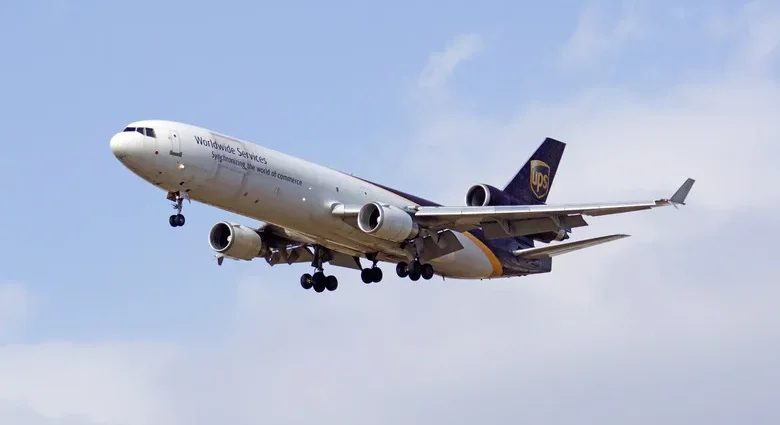Global air cargo markets are bracing for a potential rate surge following the U.S. Federal Aviation Administration (FAA)’s emergency decision to ground all MD-11 freighter aircraft in the wake of last week’s fatal UPS crash in Louisville. The grounding is expected to strain capacity on key routes, particularly across the transpacific corridor, where the tri-jet freighter remains a workhorse for several major carriers.
According to freight rate provider TAC Index, global airfreight rates rose by 2% last week — a modest increase typical of the seasonal peak period. However, industry sources warn that the grounding of MD-11Fs could drive a sharper spike in the coming days as carriers scramble to fill capacity gaps.
“While last week’s rate increase was considered normal for the peak season, the FAA’s move to ground the MD-11 fleet changes the outlook entirely,” TAC Index said in its weekly update. “Sources suggest this could significantly impact capacity, especially on transpacific routes where most MD-11 freighters operate.”
The FAA’s Emergency Airworthiness Directive (2025-23-51) was issued after a UPS MD-11F suffered a catastrophic left-engine and pylon separation during takeoff from Louisville on 4 November, resulting in a fatal crash. The directive mandates immediate inspections of all MD-11 freighters before any further flights can take place.
Industry data from Cirium Ascend Consultancy shows that, as of early November, 57 active MD-11Fs are operated globally — 27 by FedEx, 26 by UPS, and 4 by Western Global Airlines. Another 51 aircraft of the same type remain in storage.
Flight tracking data from FlightRadar24 reveals that while most UPS MD-11Fs primarily serve domestic U.S. routes, several FedEx and Western Global aircraft operate on long-haul international services to destinations such as Seoul, Hong Kong, Taipei, and Stansted.
The sudden grounding could therefore ripple across both domestic and international airfreight networks, forcing airlines to reassign capacity from other aircraft types or regions. Analysts warn that the shortfall could cause rate hikes and potential shipment delays, particularly for high-demand trade lanes linking North America, Asia, and Europe.
While the FAA investigation continues, operators are now racing to complete inspections and secure temporary lift through wet leases or alternative aircraft models. However, with the industry already deep into peak season, even short disruptions could have outsized effects on global supply chains.
As carriers adapt to the grounding, shippers and freight forwarders are watching closely — anticipating that the temporary loss of MD-11F capacity will not only tighten available space but could also reshape pricing trends through year-end.




